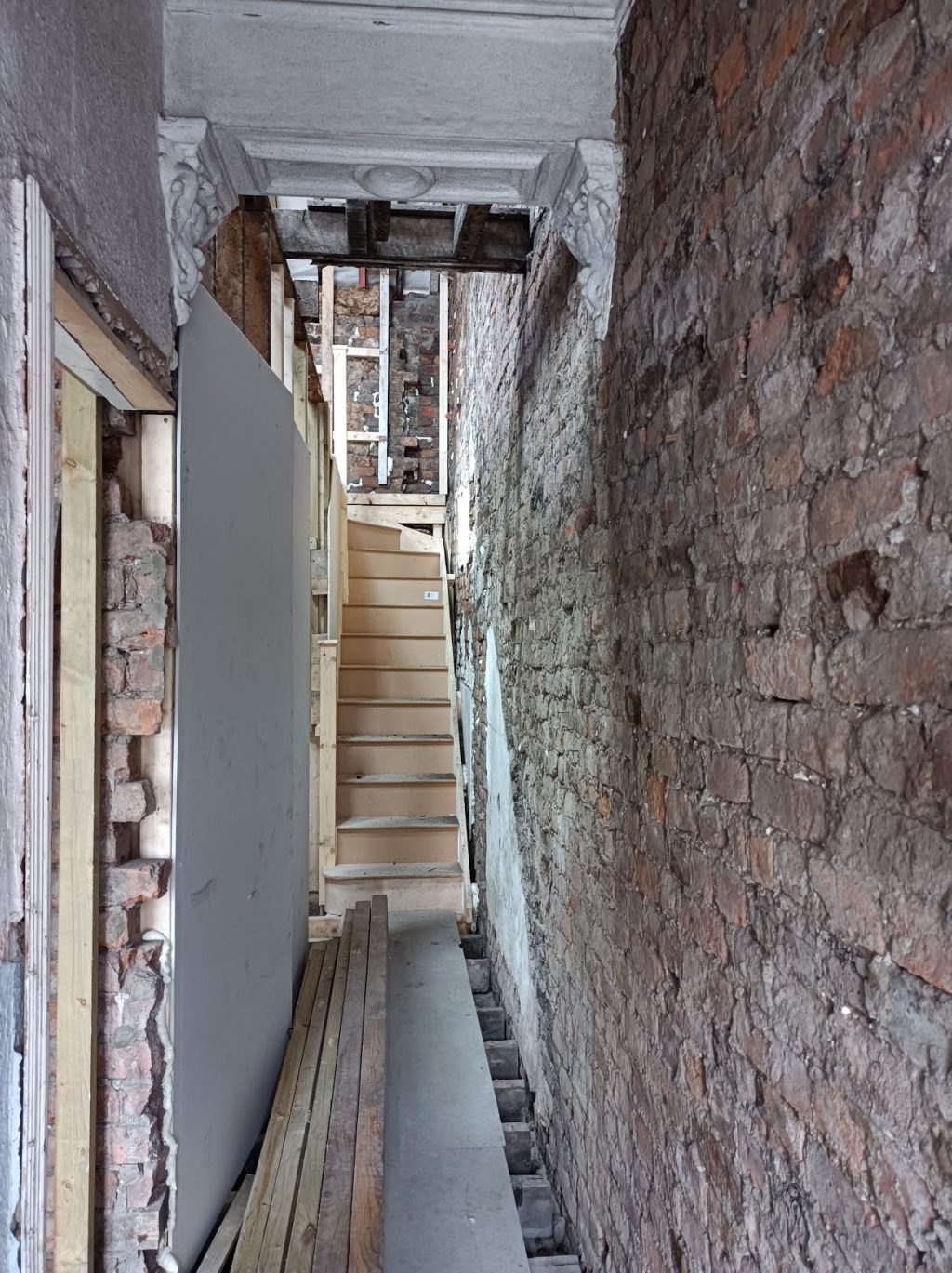36-year-old bought an abandoned house for $1 and fully renovated it—take a look inside: It’s my ‘dream home’

In February 2020, I officially got the keys to my new home: a two-bedroom, 796-square-foot Victorian house that I bought for £1.
I purchased it as part of a “homes for a pound” program created to revive the Webster Triangle, a small run-down area in Liverpool.
But there was a catch: the home was in complete disrepair. To qualify, I had to be a first-time homeowner and be able to fix it up within a 12-month period. The council estimated that the renovations would cost $61,400.
When I applied for the program in 2015, I was a 28-year-old graduate student without much in the way of savings. I didn’t have all the funds I needed, but I submitted my application anyway.
By the time I was off the waiting list, my financial situation had changed. I inherited a property from my dad, who had passed away, and sold it to get the funds for the renovations.
Today, my house has been remodeled to maximize light and has made headlines in the U.K. for its novel use of space.
I realized that I could flip the house’s original layout to get more natural light into the space. So I moved the bedrooms to the first floor, and the kitchen and living room to the second floor. Then I added skylights to the roof.
I paid an architect $1,064 to draw up the blueprints. Many of the contractors I talked to laughed at my proposed reconfiguration of the house. The cheapest quote I got was still $37,600 over my budget, which was the entirety of my savings. But I was undeterred.
In May 2020, at the height of the pandemic, I quit my job as a project officer at a university and started to do the renovations on my own with limited tools.
Due to the lockdown restrictions, I was granted a 12-month extension. But I was also dealing with joblessness and a breakup. It was clear that I couldn’t do everything alone.
This was especially helpful for my resolve, since most of that summer, I was living in a camper van in a local park in Liverpool.
But with my story, I was able to drive readers to my Instagram account and build a community of followers. Some companies even reached out to offer me discounted products, like 50% off underfloor heating.
In May 2022, after 27 months of work, the house was signed over to me. I was the last homeowner to complete a renovation. I spent a total of $74,000 on labor and materials.
Now I pay $119 a month for council tax and $218 a month on utilities, which includes electricity, heat, water, and internet and phone bills.
I’m glad I had the conviction and persistence to stick to my vision. I learned how to lay brick, tile, install underfloor heating and refinish floors, and it saved me a lot of money.
Managing a full renovation isn’t for everyone. Having enough money is only the first hurdle; you need the right people in order to successfully see things through.
Currently, my part-time jobs as a project officer at a university, a yoga teacher, a tutor and an online dominatrix bring in $2,505 a month. I work at a leisurely pace, and I’m able to use that money to slowly decorate the home.
This house is now worth much more than what I paid in renovations. A 2-bedroom home on my street recently sold for $137,000. But if I ever decided to leave, I’d only rent it out. I’ve invested too much in this place to sell it.
With only one room left to renovate, I am taking my time to finish building my dream home — and happily living in a community that was once destined for rubble.
